The Environmental Impact of Improper White Goods Disposal
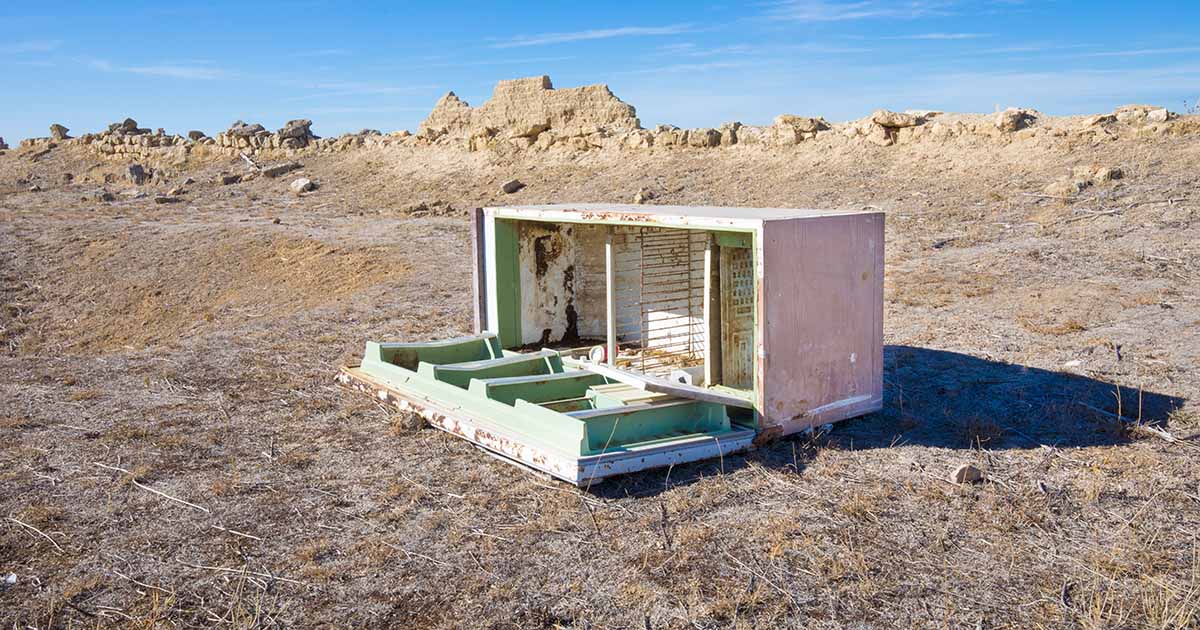
White goods are clunky, large and difficult to get rid of, which often leads to half-hearted efforts to dispose of them. From fly-tipped fridges to stuffing microwaves into general waste bins and skips, these items are on par with mattresses and sofas when it comes to how often they end up being thrown away irresponsibly.
Improperly disposing of white goods, however, can have serious negative effects on the environment, the community, and even lead to a criminal record.
Why Should White Goods Be Disposed of Safely?
The umbrella of ‘white goods’ encompasses traditional white kitchen appliances, including dishwashers, washing machines, fridges, freezers, microwaves and ovens. These are often self-contained machines that can be bought, removed, and replaced at will, rather than home fixtures like a gas boiler.
Their component parts are often complicated, and use a mixture of chemicals, gas, water and electrical components which contain heavy metals. This mishmash of components makes white goods complicated waste to manage, and the easiest way to get rid of them is often to hire a company to handle the next steps for you.
Electrical Components
We often take electronics for granted, but they’re far more impressive than that: electronics are composed of a medley of silicone and rare heavy metals like copper, cobalt, lithium, silver and even gold! When left to decompose in their refined forms, these metals release chemicals into the soil, rapidly polluting the area around them.
When E-waste is dumped in the environment, it causes harmful effects to the soil and water supply, impacting animals, plants and communities that rely on the water source.
Fluorinated Gases
You may already know that fridges have to be disposed of carefully to avoid damage. This is due to components called F-gases, which were frequently used in older appliances to assist the refrigeration process.
If a fridge-freezer is damaged and releases the F-gas contained inside, it begins to act as a greenhouse gas, producing a heating effect much more potent than CO2. Because of this, F-gas has been banned in the UK to help reduce greenhouse gas emissions - but that doesn’t mean that your old fridge doesn’t use it!
Recyclable Materials
Throwing your white goods to the curb is bad news for several reasons, but it’s also incredibly wasteful. Appliances are made of a wide range of recyclable materials, some of which are incredibly difficult to replace - gold, for instance! Sending your machines to be recycled reduces the pressure to mine and create new materials, which can both be very environmentally damaging processes.
What are the Consequences of Fly Tipping?
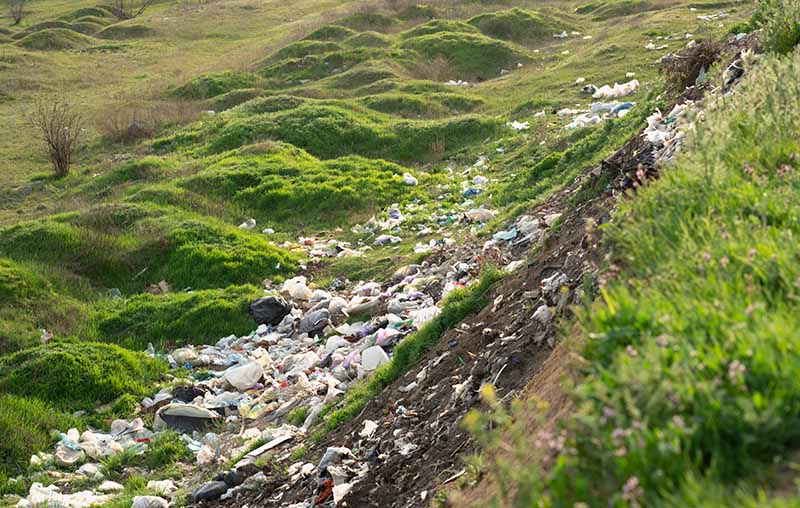
Fly tipping refers to the crime of dumping waste in the environment, whether that’s curbside, in the woods or on someone else’s property. If a person feels trapped with the amount of rubbish they have, or if they’re not aware of the alternatives, they might be tempted to do this - but the consequences can be devastating.
Fly-tipping is difficult to clean up, negatively impacts public health, causes rodent and pest infestations, and even when the crews have removed all the rubbish, the environment can take a long time to recover.
How does Fly Tipping Affect the Environment?
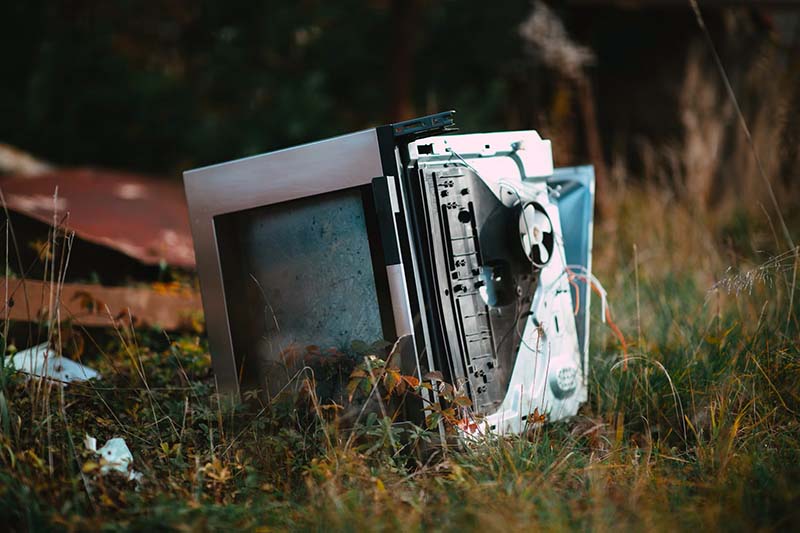
Almost everything we use in our day-to-day lives contains - or was created with - chemicals. These chemicals are useful for us, but releasing them where they aren’t meant to can be just as damaging as pouring bleach onto your flower beds. Even mattresses and upholstery contain environmentally dangerous chemicals that you might not even be aware of - if you’ve never heard of POPs waste, we wouldn’t blame you!
Ecosystem Disruption: When chemicals are released into the environment, worms and plants are often the first to die. Without this food source, mice, rabbits and even deer populations can start to struggle, and the rare birds of prey that you love to watch will quickly follow.
Water Pollution: With fly-tipped rubbish leaking chemical waste into the soil, nearby water sources will be quick to suck up the pollution. When animals and plants drink the affected water, the chemicals can poison and kill them.
A Plastic Cage: Animals are just as curious as people, and they’re going to go sniffing around rubbish piles to try and find food or shelter. When they do, they’re at risk of getting caught in plastic bottles, bin bags and cans, or choking on food containers and clingfilm.
Why is Fly Tipping Bad for Residents?
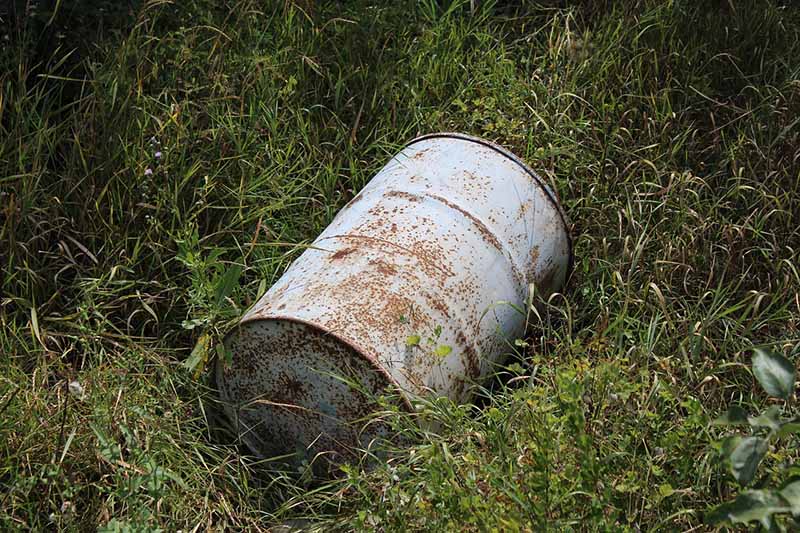
Fly tipping isn’t just an eyesore - it poses a serious health risk for residents, farmers, and anyone walking nearby. Fly-tipping spots make the countryside unsafe for children and dogs to play in, cause unnecessary pollution, and any hazardous waste can injure or even kill livestock being farmed in the local area. Food crops can also be impacted by soil and water contamination.
Health Hazards: From tripping hazards to a tetanus risk, fly tipping piles can be hives of disease, especially when sharp or porous materials or food and organic waste has been left to rot and rust.
Teenagers can be tempted to use fly tipping spots as hangouts, and kids might try and play among the piles of rubbish. All of these activities carry injury risks and may result in hospital trips.
Livestock Deaths: Fly tipping has been linked to livestock deaths across the UK, from poisoning cows to choking them to death. The deaths of healthy cows, calves and sheep can cost farmers dearly, and it can be devastating to their livelihoods to lose so many animals.
Poisoned Crops: If a crop is poisoned by fly tipping, local farmers will be unable to replace the plants before the next sowing season, causing a huge financial loss and creating a shortage of local produce. The knock-on effect can even result in more air miles and a higher carbon footprint as shops and supermarkets pick up the slack from overseas.
What are the Legal Consequences of Fly Tipping?
Fly tipping is a crime, and if you’re caught doing it, you can face anything from a fine to prison time. It can be easy to overlook the damage and just think about getting rid of the waste you’re saddled with, but every piece of rubbish that ends up fly-tipped can hurt, damage and kill when it comes into contact with its surroundings.
Fly tipping may go on your criminal record, making it more difficult to get jobs and pass checks in future. If you can’t handle your waste, it’s always better to hire a licensed waste company than it is to take the easy way out.
Why is Landfill Bad for the Environment?
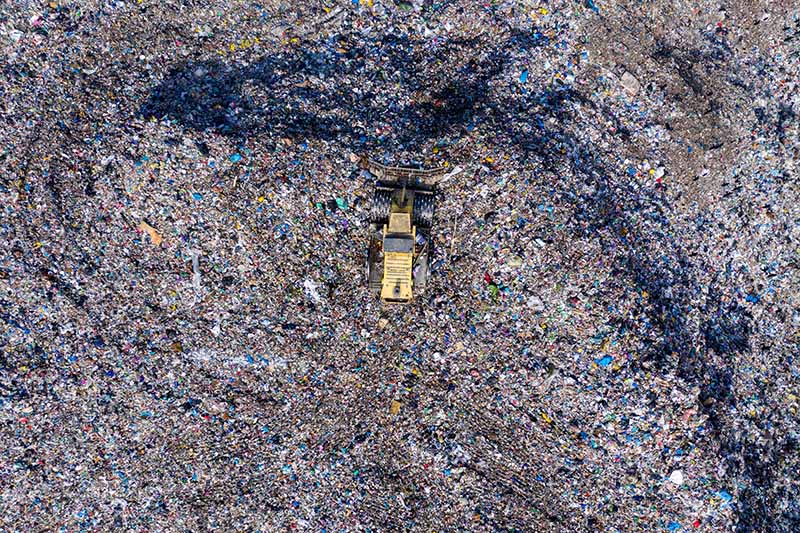
The next sub-optimal solution for waste is the home-to-landfill pipeline. Landfills are well known for being bad for the environment, from the chemicals they produce to the land that needs to be cleared for a landfill to be created. White goods should never be taken to a landfill, as doing so wastes all their remaining potential for recycling, and they contain non-biodegradable waste materials that will last up to 1 million years.
The Impact of Landfill Chemicals
Waste of all kinds can wind up in the landfill, from sofas to ovens and fridges. While efforts are made to make sure that white goods don’t go to landfill, that doesn’t mean it doesn’t happen - and once they’re there, they can release toxic chemicals that are harmful for years to come. Hazardous landfill chemicals are a known issue, and they make the area completely inhospitable for people, wildlife and plants (although some will try to grow anyway).
The environment at landfill sites is protected by a lining made of compacted clay and polyethylene plastic, which aims to reduce contamination of the surrounding soil. While this can be effective, it’s also not infallible - if enough toxic substances remain in the site for long enough, they can still contaminate surrounding areas and pollute the environment.
Hazardous waste chemicals may also poison wildlife that makes its way onto the site, especially when the landfill is full, and the site is closed to further human activity, which would otherwise deter many animals.
How Much Space Does Landfill Need?
In 2019, the UK had over 300 million cubic metres of free landfill space remaining, down from over 700 million in 1998. It’s safe to say that landfills need a lot of space, and the UK isn’t equipped to continue filling them at the same rate in future.
More landfill space means more ecosystem destruction, the loss of livable areas and the greenbelt, and less farming space for local produce. If you’re wondering whether we’re running out of landfill space, the answer is yes! We need to reduce the amount of waste going to landfills.
The Effect of Landfill on Wildlife
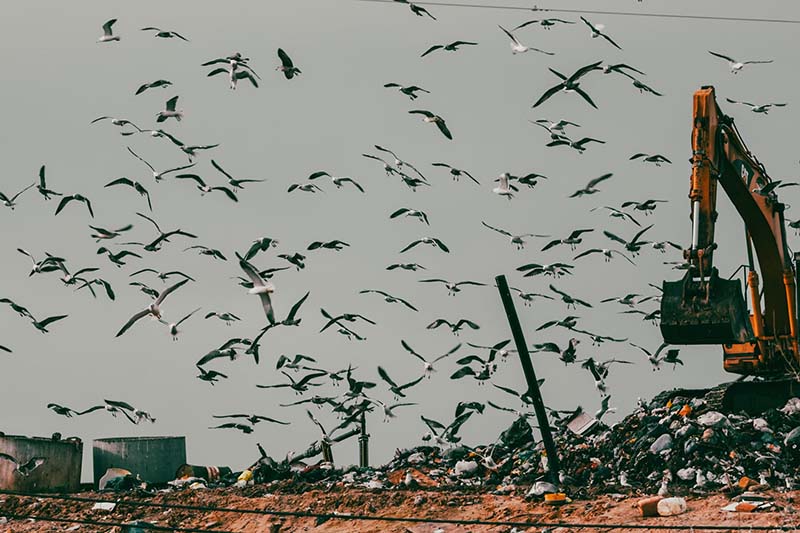
The landfill's environmental impact ranges from loss of habitats to poisoning and choking deaths for wildlife. While it may seem strange that wildlife makes its way onto landfill sites at all, where rodents go, their predators go - and foxes, buzzards and even cats will all try to take advantage of the rat boom that comes from rubbish. This poisons not only the rats, but their predators as well, and the toxicity can spread when animals leave the area.
The Greenhouse Effect of Landfill Sites
Landfill sites are one of the largest producers of methane in the world and are among the leading causes of the greenhouse effect. As waste decomposes, it produces methane, which traps heat in the atmosphere for up to 20 years after it’s produced. Avoiding landfill by eco-friendly waste management processes can prevent an awful lot of ozone destruction in the long run.
What are the Effects of Soil Pollution?
The main concern for humans is the effect of soil pollution on crops and the repercussions on food safety and human health. If the soil is too toxic, nothing can be grown in it, or the food grown has to be disposed of, and supermarkets and shops will have to search further afield for produce.
Soil pollution may also kill worms and detritivores integral to the ecosystem. Once these are gone, the decomposition process halts, and the soil turns into what is called ‘dead dirt’. Pollution may also seep into water sources, causing people and animals to get sick when they drink there, and it can permeate through layers of soil, meaning clean-up costs vastly increase if that is even an option.
How to Dispose of White Goods Safely
Disposing of white goods in a sustainable way is very important, especially when so many of the components can be recycled.
If you’re feeling stuck with a bulky appliance that you just can’t get rid of yourself, book a white goods removal service with HIPPO today!

